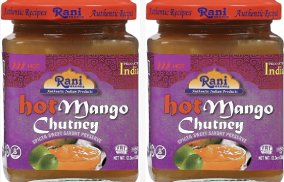Another argument for regulated cannabis markets .. just maybe ?
Cannabis Wire report this week
As the FDA noted, many of the severe reactions to contaminated synthetic cannabinoid products occurred in the Midwest. Between March 10 and May 30, 2018, the Illinois Department of Public Health reported 164 cases of unusual and severe bleeding following use of synthetic cannabinoids in the state. Cases were concentrated in Chicago, Peoria, and Tazewell Counties. The symptoms were shocking: some patients vomited blood, while others had severe bloody noses, bleeding gums, or bloody urine. At least three people have died in the state after consuming synthetic cannabinoids due to such complications. Additional blood-clotting problems were reported around the same time inIndiana, Maryland, Missouri, and Wisconsin. And in the past two weeks, D.C. has seen more than 300 overdoses as a result of synthetic cannabinoids.
Many of the outbreaks this year seem to have one key thing in common: rat poison. And while the National Institute on Drug Abuse notedin February that “use of these drugs is associated with a rising number of deaths,” it may be that the products are more dangerous, not that use is on the rise. March data from the American Association of Poison Control Centers shows use in 2017 was lowest it’s been since 2011, though numbers fluctuate year to year.
People tend to associate these synthetics with cannabis, but they are not the same. These chemicals are man-made. In fact, as Jenna Valleriani, strategic advisor for Canadian Students For Sensible Drug Policy, puts it, synthetic cannabinoids were “created to mimic cannabis.” Compounds are typically sprayed directly onto dried plant material or infused in vaporized liquids. They are associated with marijuana because many of them have chemical structures that are similar to those of natural cannabinoids and/or have structures that allow them to bind to the cannabinoid receptors present in the body.
More of this at https://cannabiswire.com/2018/07/31/fake-weed-products-like-k2-and-spice-are-becoming-deadlier/


















